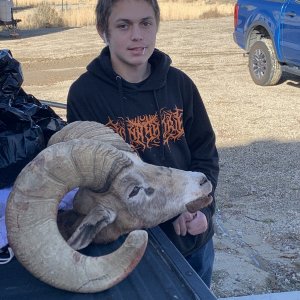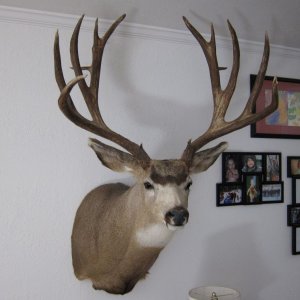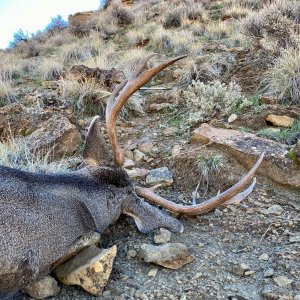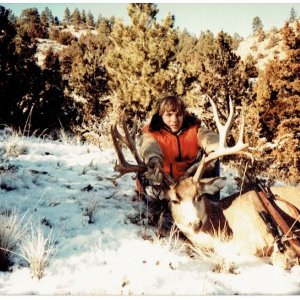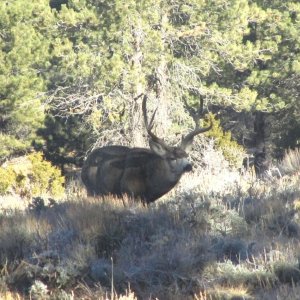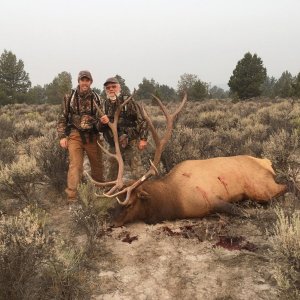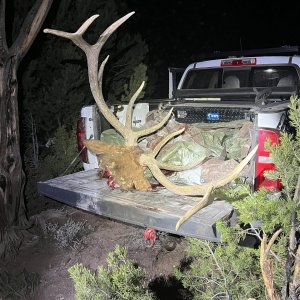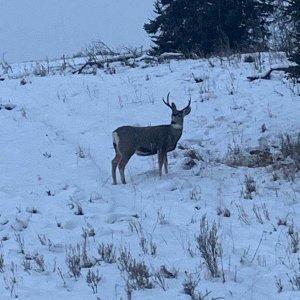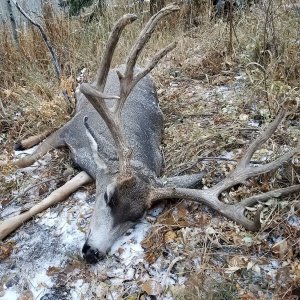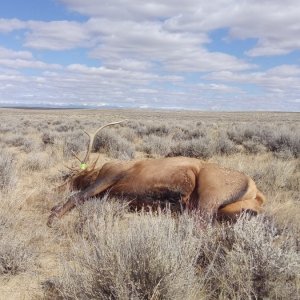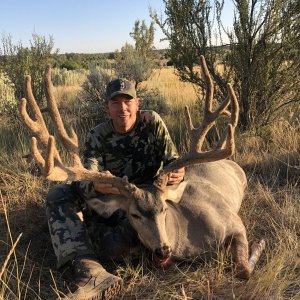Alaska_lanche
Good posts and a fair question. Sorry for the delayed response. Spent the day on the mountain testing the new EL Swarovision binos glassing for Coues.
I choose my gear according to the situation anticapated erring a little on the conservative side of things. Despite a background of high risk activities like, mountaineering, rapelling out of helicopters and plucking people out of flash floods I am not much of a gambler. I am OK with risk as long as I can control it with solid preparation and skill. I like to have the odds on my side.
If I were going to be on the river I would go with synthetic because of the increased chance/danger of getting it wet. Even with waterproof stuff sacks or dry bags accidents happen. Besides, depending on the type of boat or raft being used the difference in size and weight of synthetic insulation over down would not be an issue. Same thing goes for packing in by mule or quad or a fly in drop camp. Weight/size/compressability is not an issue so why chance it.
If I were doing an ultralight backpacking trip with a partner and could split the weight of a tent then I would most likely go with down. Weight and warmth to weight ratio is an issue here so I would carry down and work to mitigate the risks.
If I were mountaineering or doing alpine work in the winter then the only water I am really concerned about is perspiration, condensation, and spilling my Ramen soup or pee bottle so down would be my choice. Acceptable risks, easily mitigated.
If I were doing one of my Arizona late season bivy hunts where I never take a tent and when I do use a sleeping bag it is a half bag coupled with a bivy jacket then I would most assuredly go with syntheitc insulation. It gets cold here and we can get several feet of snow out of a storm but the temps won't often stay below freezing for long so thaw, slush, sleet and wet snow are an issue. Despite my best efforts it is possible that my gear could get wet. I am usually very remote so a quick retreat back to the truck would not be an option. That would be a problem if it were down so I choose synthetic.
For me, it comes down to these questions for every trip-what are the chances my insulation will get wet? If it does get wet what are the potential consequences and what are my options? I prefer down but my decision is driven by the answers to these questions when I am planning my trip.
I have to tell you that I am surprised that my position on this matter is so controversial. It is pretty standard wilderness 101, Winter Emergency Care, Mountain Rescue Accreditation, NOLS ciriculum, Mountaineering Freedom Of The Hills type stuff. Sounds to me like you go through a similar process with your different outings.
I got an email this afternoon regarding this thread and I thought they made a pretty good analogy. Using down in wet conditions is like climbing Everest without oxygen. It certainly can and has been done successfully but it takes care, skill and competance and even then things can go badly with dire results. Like I said, I am not much of a gambler. I like to stack the odds in my favor and sometimes that means a little more weight and a little more space for synthetic insulation over down.
What do you think?
Wade
www.HardcoreOutdoor.com
